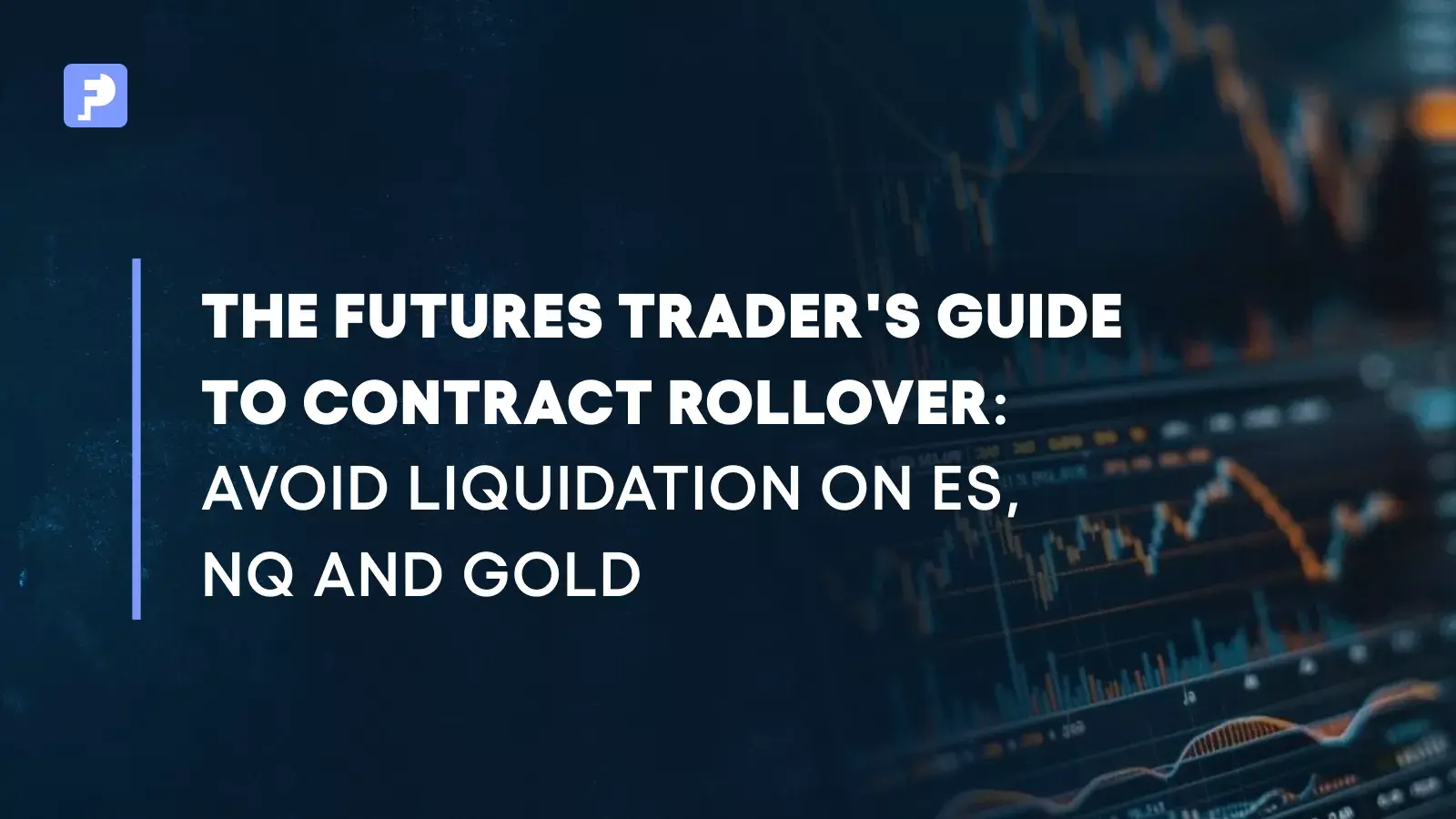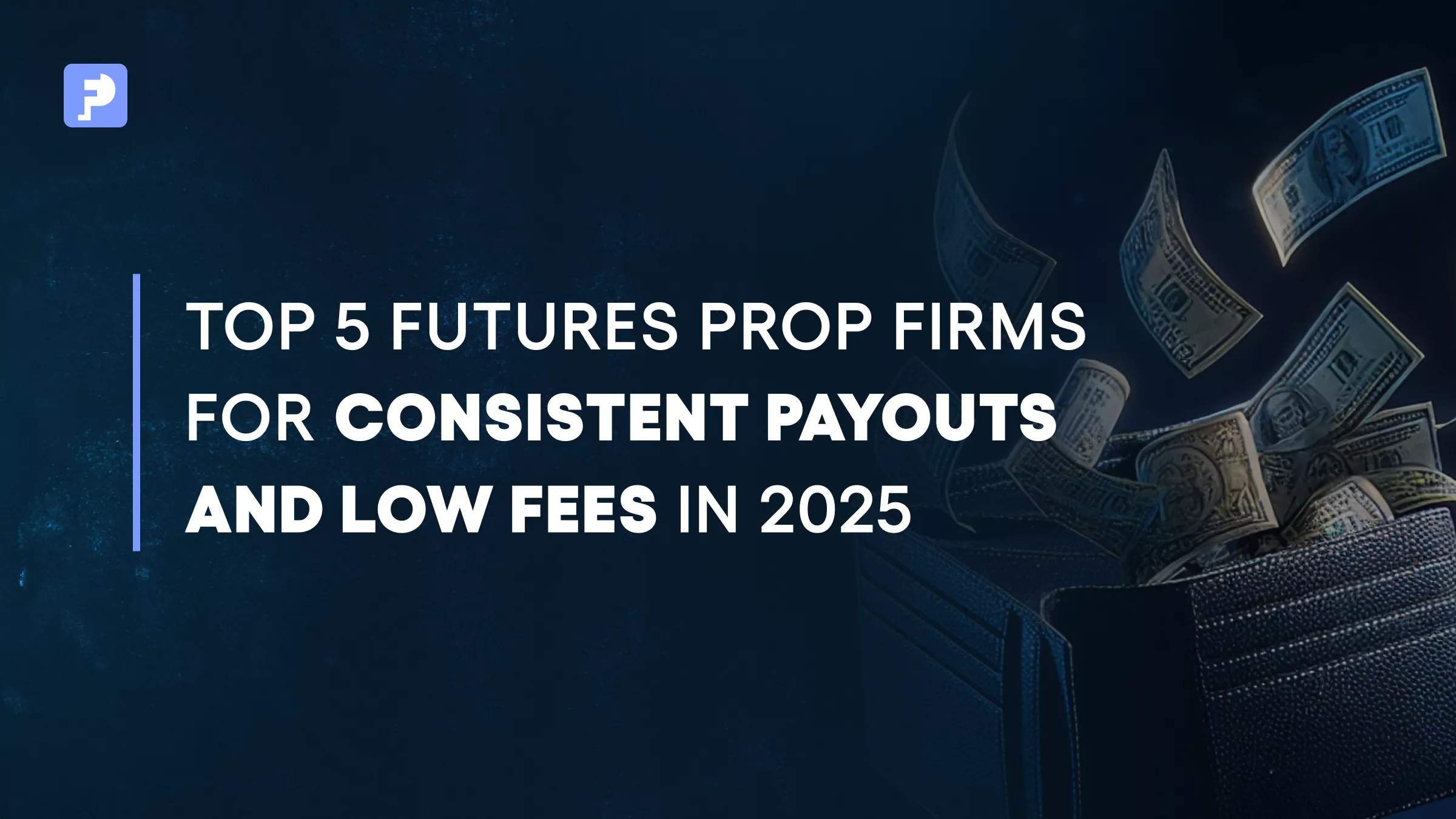
How to Protect Your Funded Account
Introduction
Risk management is the skill that keeps funded futures traders in the game. It allows a sound trading strategy to perform under pressure and separates sustainable growth from sudden disqualification.
In this article, we break down what risk management means in a proprietary trading environment, how to apply it consistently, and why it matters more than your win rate. If you are still evaluating firms, read Choosing the Right Prop Trading Firm for Futures Trading before you begin.
Why Risk Management in Futures Trading Comes Before Profit
In futures trading, leverage magnifies both gains and losses. Contracts such as the E-mini S&P 500 (ES) or Crude Oil (CL) can generate significant account swings in minutes.
Proprietary trading firms allocate capital expecting traders to manage volatility, respect structured rules, and stay within set limits, not simply chase profits.
Traders who succeed long-term define risk in advance, set clear daily loss boundaries, and recover without emotional decisions or oversized trades.
1. Define Your Risk Per Trade
Every trade should begin with a stop-loss level and a set dollar amount you are willing to risk. FunderPro recommends keeping this under 1% of your account value to stay active across multiple trades while protecting capital.
Formula:
Stop distance in ticks × tick value × number of contracts = total risk
Tick size is the minimum price movement for a contract. For example, ES has a tick size of 0.25 index points, worth $12.50 per contract.
Tick value differs for each contract and is set by the exchange.
For more on how firms structure these parameters, see How Prop Firms Help You Manage Risk in Futures Trading.
2. Respect Daily and Account Drawdowns
FunderPro Futures uses daily drawdown limits of 2%, 3%, or 5%, depending on challenge size, plus a maximum trailing drawdown (typically 4%–10%) that moves upward as equity grows but never decreases.
The evaluation also includes a 6% profit target in Stage 1 and 4% in Stage 2. These targets matter only if you avoid breaching drawdown rules.
Reaching a drawdown limit ends the account or requires a reset. These safeguards protect both trader and firm capital.
See Common Mistakes Traders Make in Funded Futures Accounts for examples of how traders unintentionally hit these limits.
3. Always Use a Stop Loss
A stop loss is a pre-set exit that limits loss if the market moves against you. In fast-moving futures markets, not using a stop exposes you to significant downside.
- Place stops based on market structure, not instinct
- Do not move stops further away after entry
- Review and adjust only after the trade is closed
Stop losses are a hallmark of professional trading discipline.
4. Adjust Position Size to Match Market Conditions
Contract volatility varies, and so should your position size.
- Reduce contracts in high-volatility sessions
- Lower size after a losing streak to stabilise equity
- Adapt based on the product’s movement and your strategy
Static sizing across all market conditions often leads to inconsistent results.
5. Control Emotional Risk
Many traders lose funding due to mindset, not market structure. Emotional trading leads to overleveraging, revenge trades, and poor decision-making.
- Limit the number of trades per session
- Step away after emotionally charged losses
- Keep a trading journal noting your mindset before and after trades
Read Common Mistakes Traders Make in Funded Futures Accounts for recurring patterns to avoid.
6. Diversify — But Follow Exposure Rules
Diversification means spreading risk across uncorrelated markets. Trading multiple highly correlated products such as ES and NQ is not genuine diversification.
- Mix instruments from different sectors (indices, commodities, Treasuries, interest rates)
- Avoid doubling exposure to similar market drivers
- Follow all margin and exposure rules
For detailed strategies, read Portfolio Diversification: The Ultimate Risk Management Technique.
7. Review Your Risk Decisions
Performance reviews should analyse decision quality, not just P&L.
Ask weekly:
- Was my position size aligned with volatility?
- Did I stay inside daily drawdown limits?
- Was I trading my plan or reacting emotionally?
- Did I increase risk after a loss or pause to reassess?
Consistent reviews build strong habits. Strong habits keep you funded.
Final Thoughts
In funded futures trading, risk management is the foundation of consistent performance, capital preservation, and career growth.
At FunderPro Futures, traders who follow disciplined risk practices can access daily payouts, competitive profit splits, and scaling up to $200,000. But all these benefits depend on one thing: protecting your account.
Start your FunderPro Futures Challenge today and trade with professional-level discipline in the world’s leading futures markets.
All trading in FunderPro Futures takes place in a demo-style environment and in off-exchange futures.



